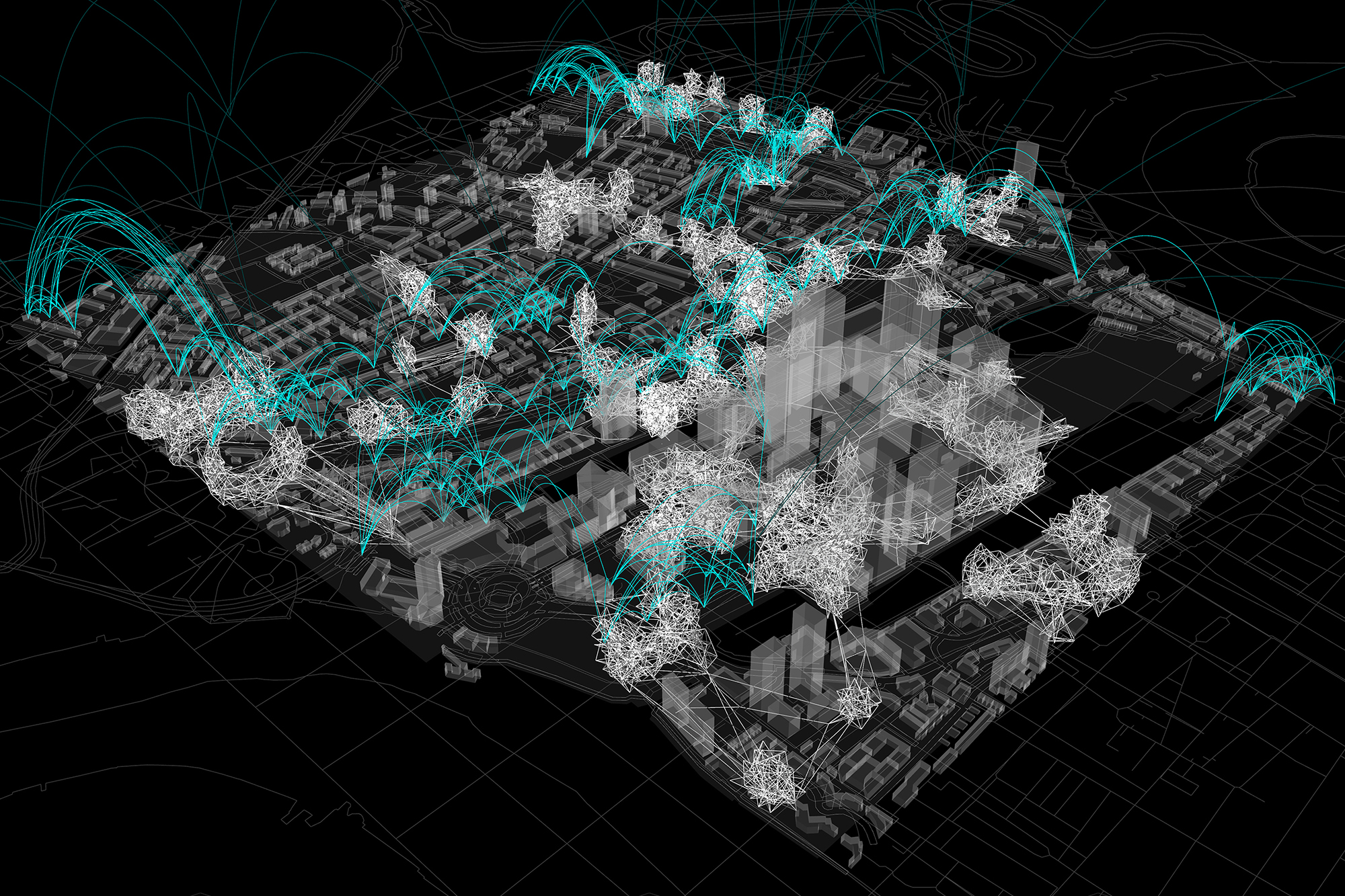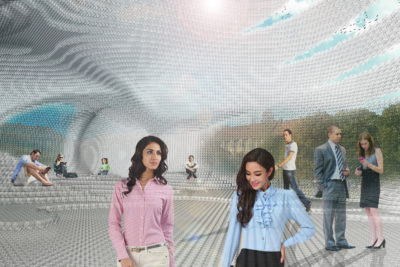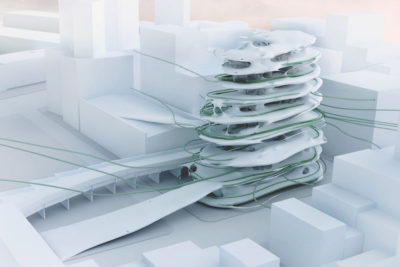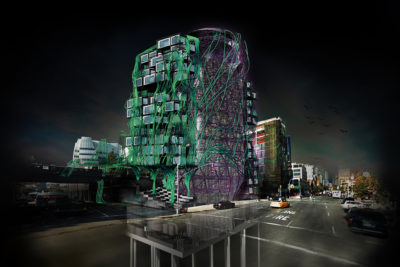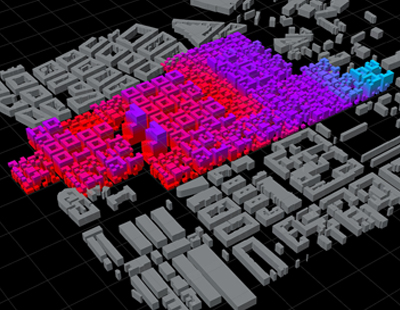
DIGITAL FABRICATION IN ARCHITECTURE (3D PRINT, ROBOTICS)
The research compares and describes possibilities of using the robots for architecture. It should not be used only for hard reach places, locations affected by disasters or for colonization of Mars. It should become a part of the future cities and individual buildings as well. Due to frequent changes in society, climate or policy, it is difficult to predict, what will be tomorrow and we have to be ready for constant changes. Just like natural systems are able to adaptation also human settlements should be able to be like this. This research mostly focuses on modular and mobile robotic systems and their autonomous behaviour. A part of the research should be own functional robot designed purely for building construction.
DYNAMIC URBAN EVOLUTION MODELLING
Research aims to develop complex generative software models of urban evolution prediction which are based on data inputs. These inputs represent key social, economic and spatial interactions within urban environment. Next step is to examine how to translate these inputs to measurable factors and to design models which are able to relate all these factors in continuous and complex way. As a result it enables to predict growth or decline of urban areas. Part of research also focuses on simulation of behaviour of potential investors in modelled areas. General goal is to understand the socio-economical and spatial relations, investigate urban population behaviour and set the correct connections among people-software-design in all scales.
ADAPTIVE MASTERPLANNING AND DATA-INFORMED DESIGN
Computational design has now become widely accepted in architecture, but is it possible to advocate applying computational urbanism to create adaptable master plans for rapid urban growth, and urban heterogeneity? This research tries to merge the fields of architecture, urbanism, the natural sciences, computer science and economics to find the means with which to manage current urban challenges in cities all around the world. Ultimate goal is to develop such a responsive system of master planning which will be able to react on actual demand of actual inhabitats. To make them constantly participate on the development of their cities. The whole research can be divided into four parts—the theoretical background, methodologies, translating data into design, and case studies.


